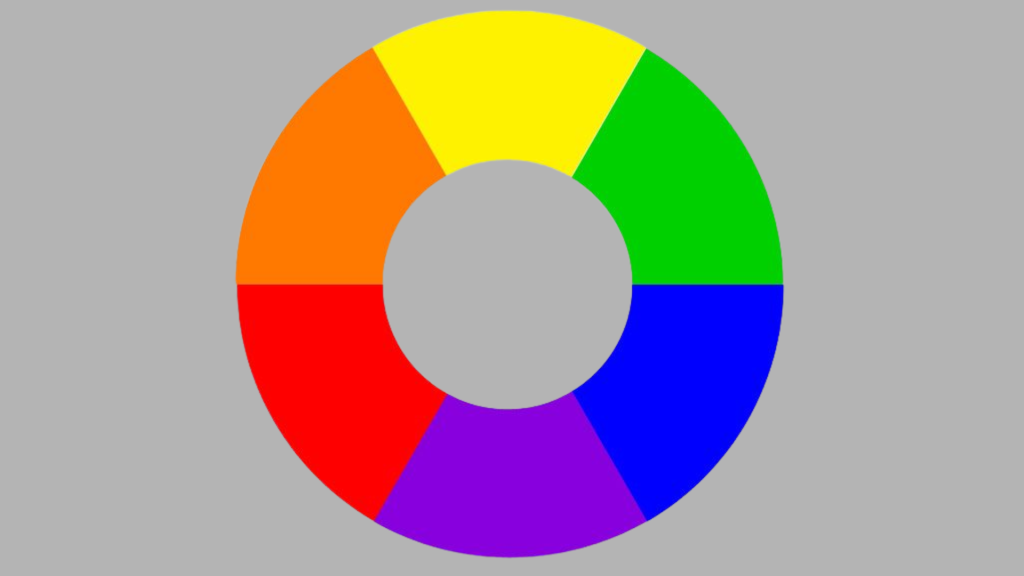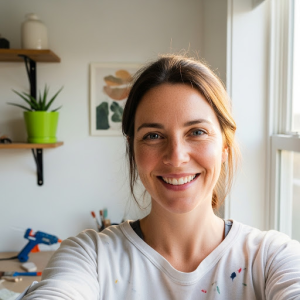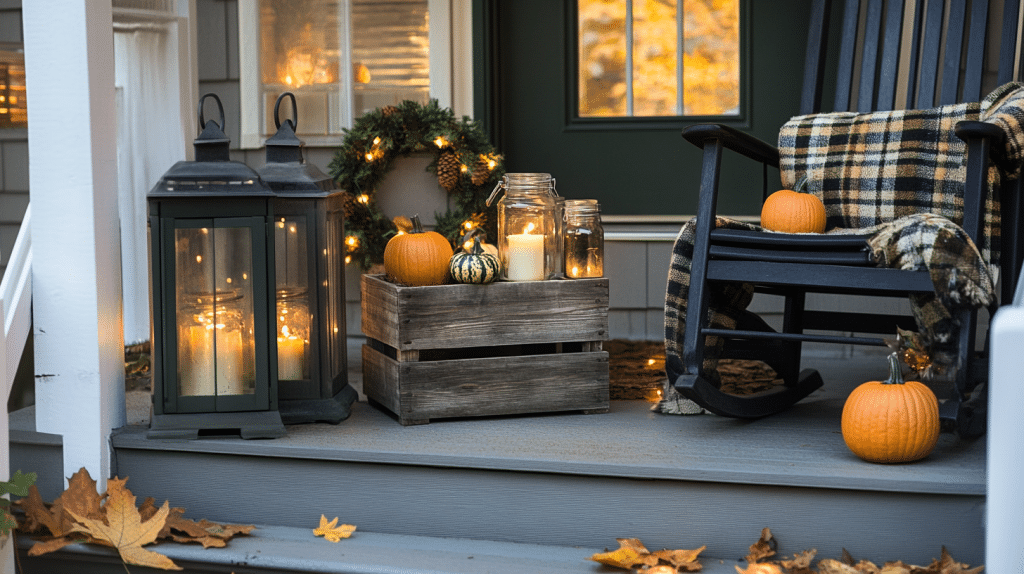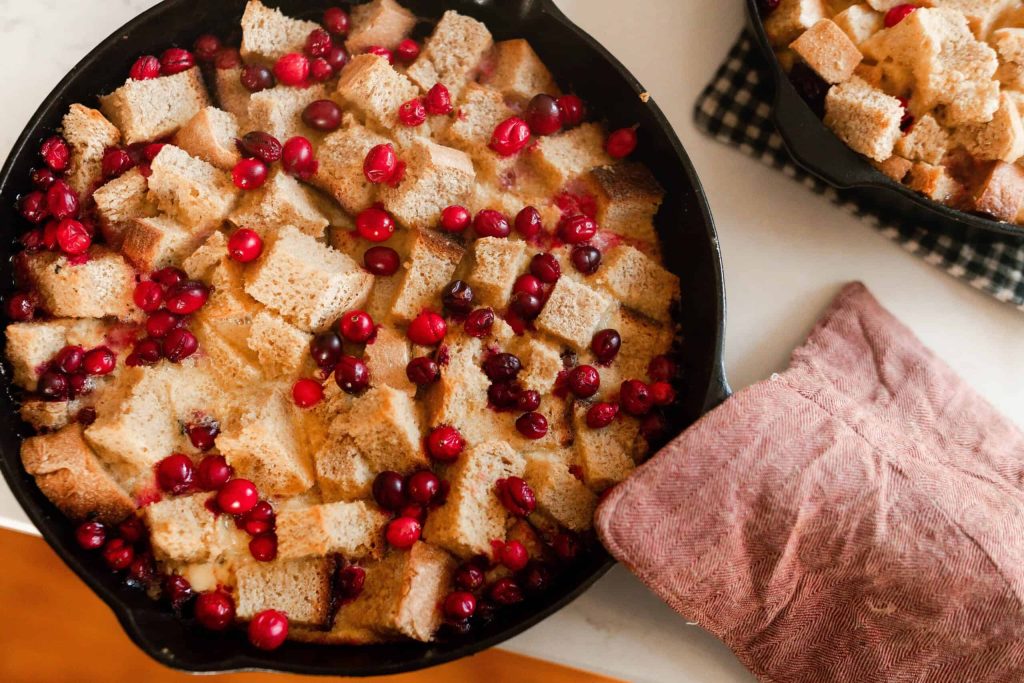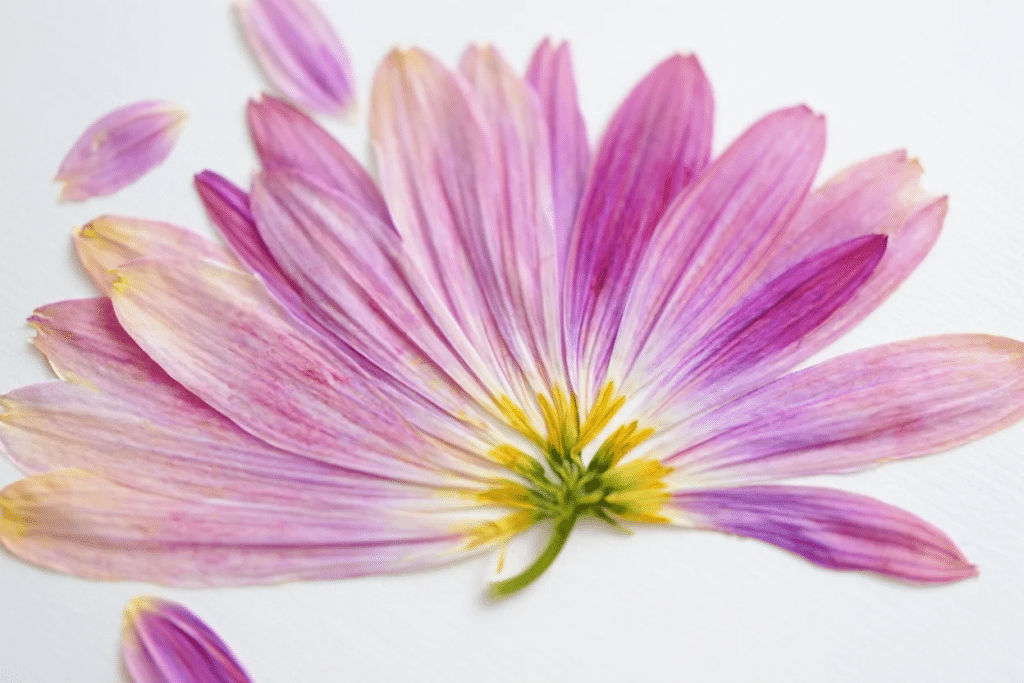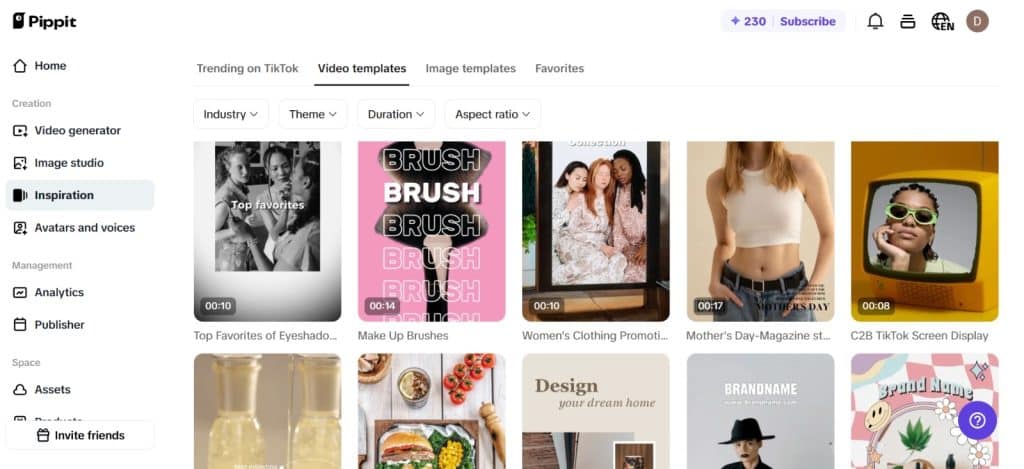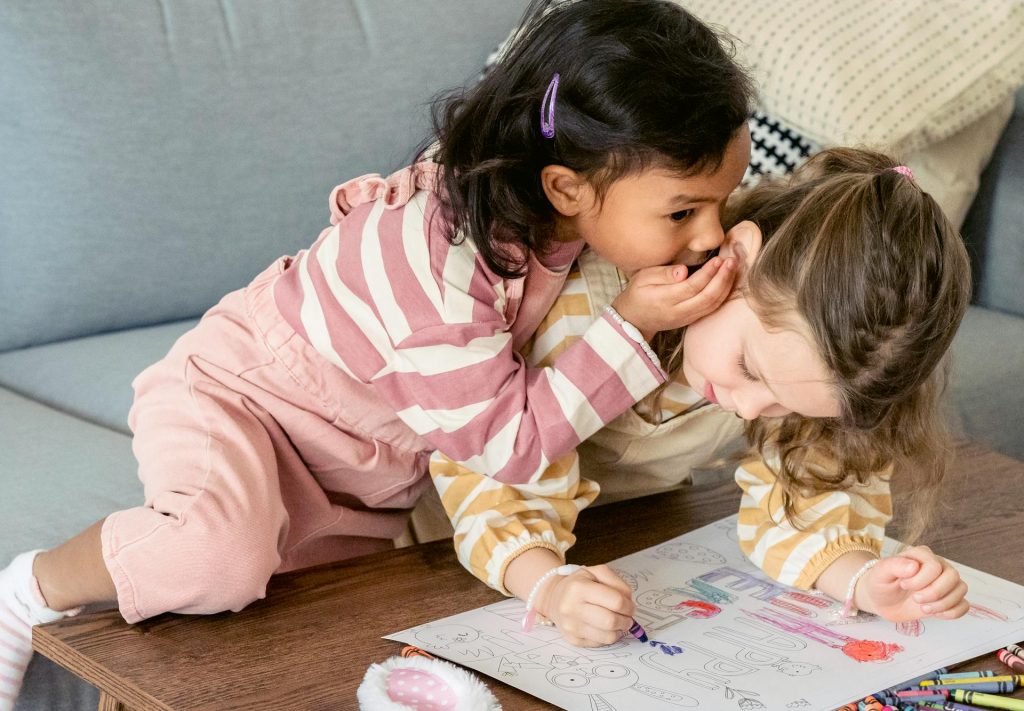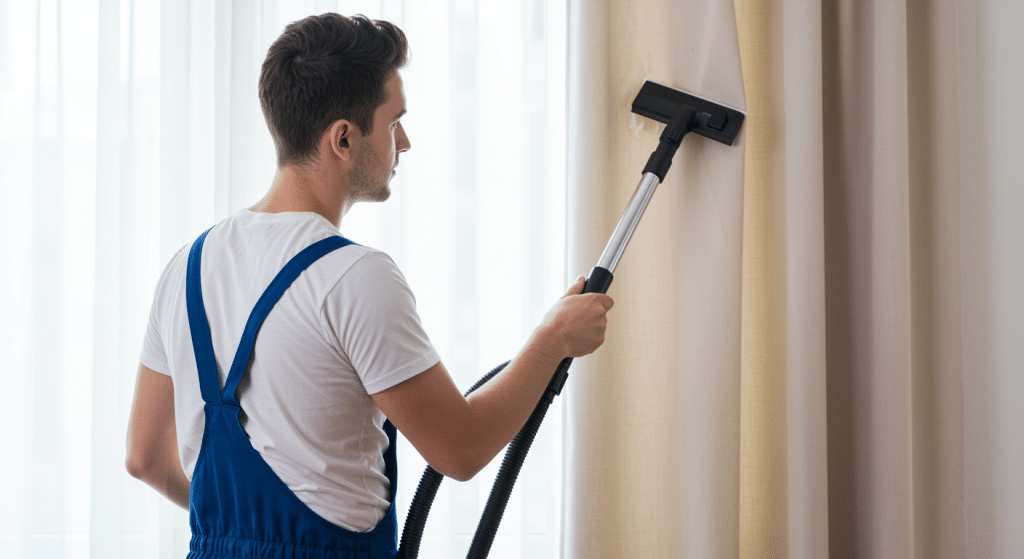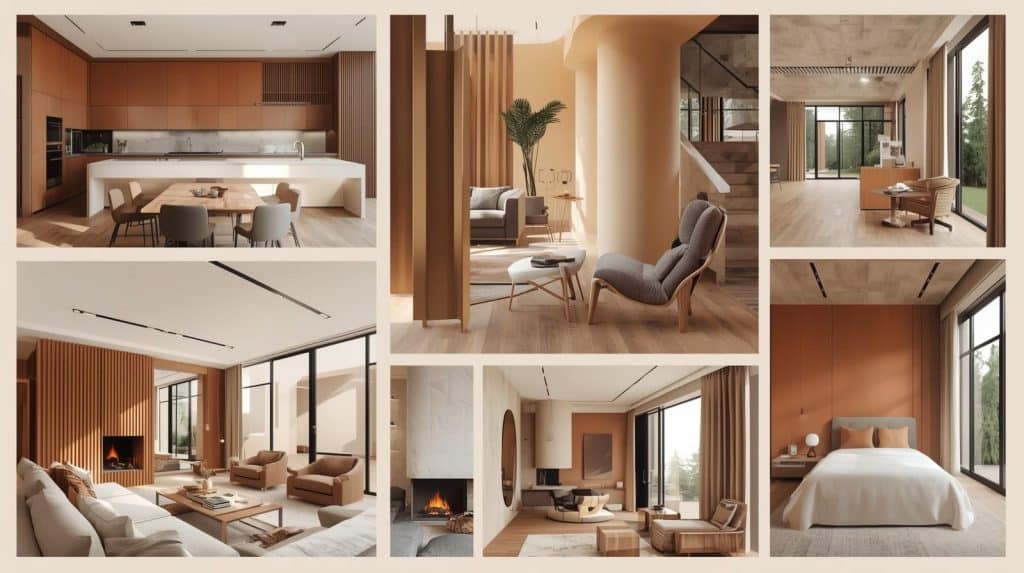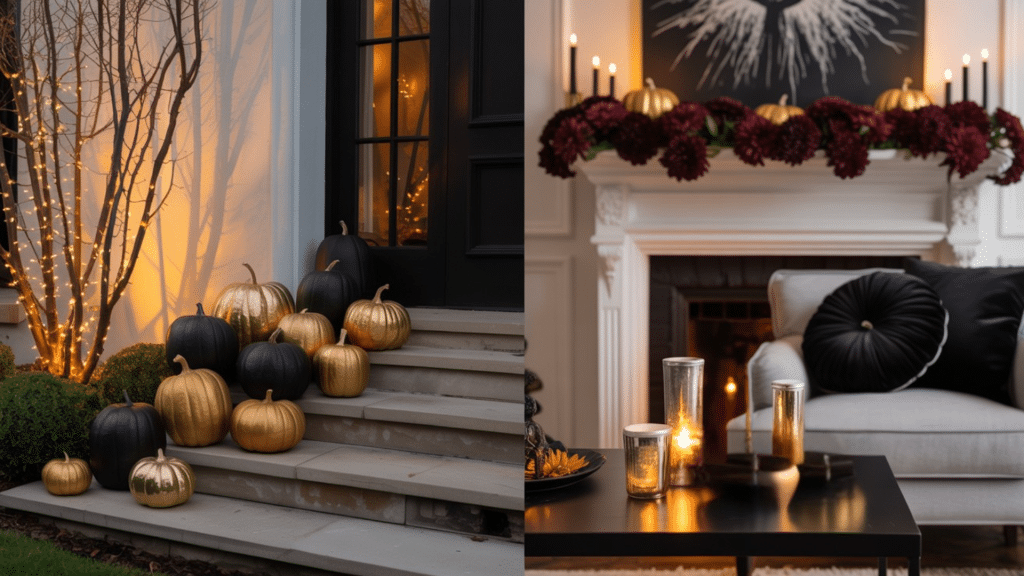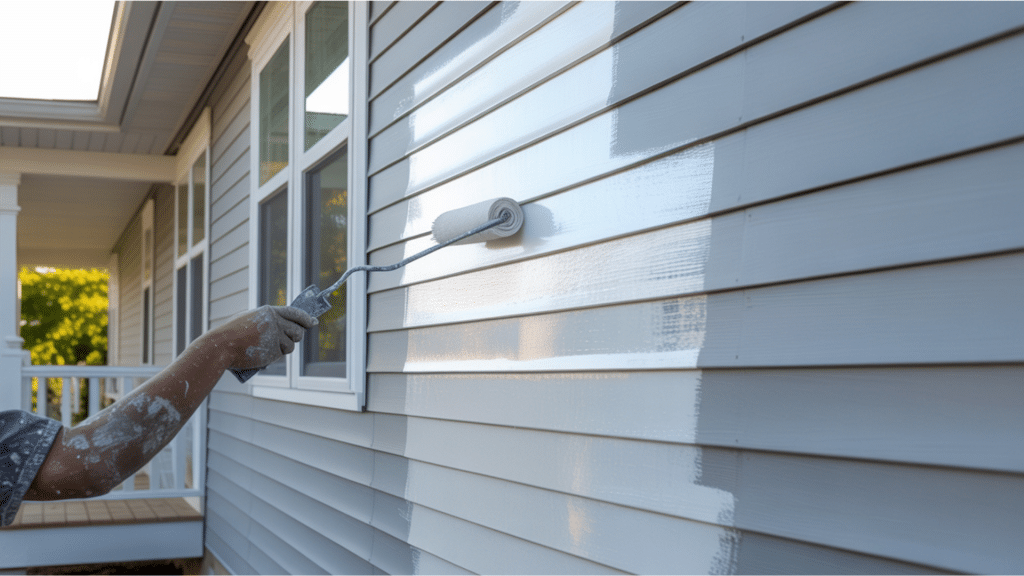What color cancels out orange?
If you’ve dealt with brassy hair or the wrong paint shade, you’ve asked this question. Orange pops up when you least want it, and you need to know how to fix it.
Just like other colors, like purple, there’s one specific color that neutralizes orange perfectly. It sits directly across on the color wheel, and once you know it, you can fix any orange problem fast.
Understanding the Color Wheel and Complementary Colors
The color wheel is a circular diagram that shows how colors relate to each other. It helps you understand which colors work well together.
The wheel starts with three primary colors: red, blue, and yellow. These colors can’t be made by mixing other colors.
When you mix two primary colors, you get secondary colors:
- Red + Yellow = Orange
- Blue + Yellow = Green
- Red + Blue = Purple
Between these are tertiary colors, created by mixing a primary with a secondary color (like red-orange or blue-green).
Complementary colors sit directly opposite each other on the color wheel.
The main pairs are:
- Red and Green
- Blue and Orange
- Yellow and Purple
They create maximum contrast. Each color makes the other look brighter and more vibrant.
Use one as your main color, the other as an accent. Example: Blue walls with orange pillows. This creates visual interest and balance in your space.
So, What Color is the Opposite of Orange?
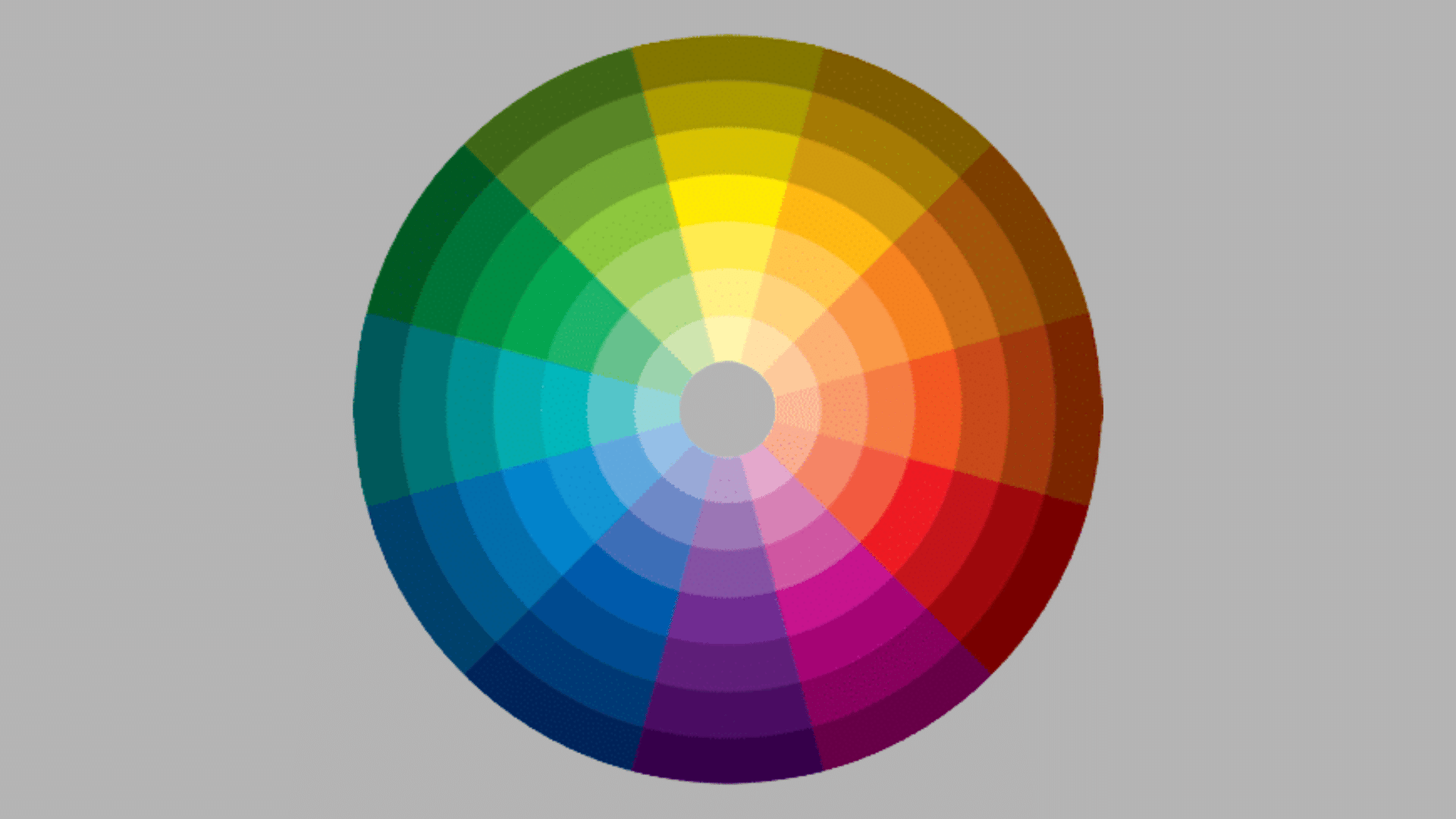
Blue is the opposite of orange on the color wheel. These two colors sit directly across from each other, making them complementary colors.
Orange is a warm color that falls between red and yellow. Blue, being a cool color, sits on the opposite side of the wheel. This creates a natural contrast that makes both colors pop when used together.
You don’t need to use bright, pure shades.
Navy and burnt orange work beautifully together. Turquoise pairs well with terracotta.
Sky blue complements peach tones. Any variation of blue and orange will create that complementary effect.
In your home, try pairing blue walls with orange pillows or an orange chair against blue-gray paint. The contrast adds visual interest and energy to any room.
Why is Blue Opposite of Orange?
Blue sits opposite orange because of how your eyes process color.
Your eyes have cone cells that detect red, green, and blue light. Orange activates your red and green cones together. Blue only activates blue cones. This creates maximum contrast in your visual system.
The Afterimage Test
Stare at something orange for 30 seconds, then look at a white surface. You’ll see a blue afterimage.
This happens because your orange-detecting cones get tired, and your blue cones respond strongly. This proves they’re true opposites.
Warm Meets Cool
Orange is warm (made from red and yellow). Blue is cool. This temperature difference creates a natural balance that your brain finds pleasing.
These colors are opposites not just on a wheel, but in how your vision actually works.
That’s why they create such a strong visual impact when paired together.
Real-World Uses of Orange and Its Opposite Color
Blue and orange show up together everywhere once you start noticing them. This complementary pair creates impact in design, branding, and everyday spaces.
Sports Teams and Logos
Many sports teams use blue and orange as their colors. The New York Mets, Denver Broncos, and Oklahoma City Thunder all feature this combination.
The contrast makes uniforms stand out on the field and creates memorable team identities.
Movie Posters and Marketing
Hollywood loves the blue-orange combo.
Look at action movie posters and you’ll see orange explosions or sunsets against blue skies.
Editors also use orange skin tones against blue backgrounds in film color grading. This makes actors pop off the screen.
Interior Design Applications
In homes, this pairing works in many styles. Coastal rooms use navy blue with coral or peach accents. Modern spaces pair burnt orange furniture against slate blue walls.
Even small touches work, like blue dishes on open shelving painted warm terracotta.
Restaurants and Food Branding
Fast food chains often use orange and blue.
The colors stimulate appetite (orange) while building trust (blue). Dunkin’ Donuts and Gulf gas stations are classic examples of this strategy.
Websites and Tech
Many websites use blue for navigation bars or backgrounds with orange call-to-action buttons. The orange stands out immediately, guiding users where to click.
This complementary contrast improves user experience.
The blue-orange pairing works because it grabs attention while feeling balanced and approachable across any application.
Other Complementary Color Pairs You Should Know
| Complementary Pair | Best Uses | Example Combinations |
|---|---|---|
| Red & Green | Living rooms, dining spaces | Olive walls with burgundy accents; sage with dusty rose |
| Yellow & Purple | Bedrooms, living spaces | Lavender with gold; eggplant with butter yellow |
| Red-Orange & Blue-Green | Bathrooms, coastal rooms | Coral and teal; rust with turquoise |
| Yellow-Orange & Blue-Purple | Nurseries, calm spaces | Peach with periwinkle; apricot with lavender |
Use one color as your main shade and the other as an accent. Choose muted versions instead of bright, pure colors. Add neutrals like white or gray to balance the look.
Common Misconceptions About Opposite Colors
1. Not Every Color Has a Single Opposite
The opposite color depends on the model you use.
- On the RYB wheel (paints) → orange’s opposite is blue.
- On the RGB wheel (light/screens) → it’s cyan-blue.
2. Opposite Colors Don’t Clash
They actually complement each other, creating contrast and balance, which is why orange and blue look great together.
3. Not All Blues Cancel Orange
Different shades matter: bright orange is neutralized by true blue, while brassy orange needs blue-green or teal.
4. Mixing Opposites Doesn’t Make Bright Colors
It makes neutral tones like brown or gray, perfect for toning down brightness.
5. The Fruit “Orange” Has No Opposite
Only colors have opposites, not objects.
Truth: Opposite colors help achieve harmony and contrast when used correctly in art, design, and visuals.
Conclusion
Blue is orange’s opposite on the color wheel, and that’s all you need to remember.
This simple fact solves so many color problems, from toning down brassy hair to balancing home decor.
Understanding complementary colors makes you better at design, painting, and even makeup. You’re not guessing anymore. You know exactly which color neutralizes another.


